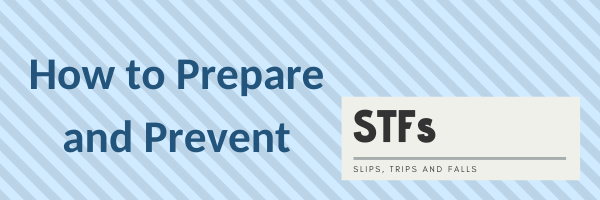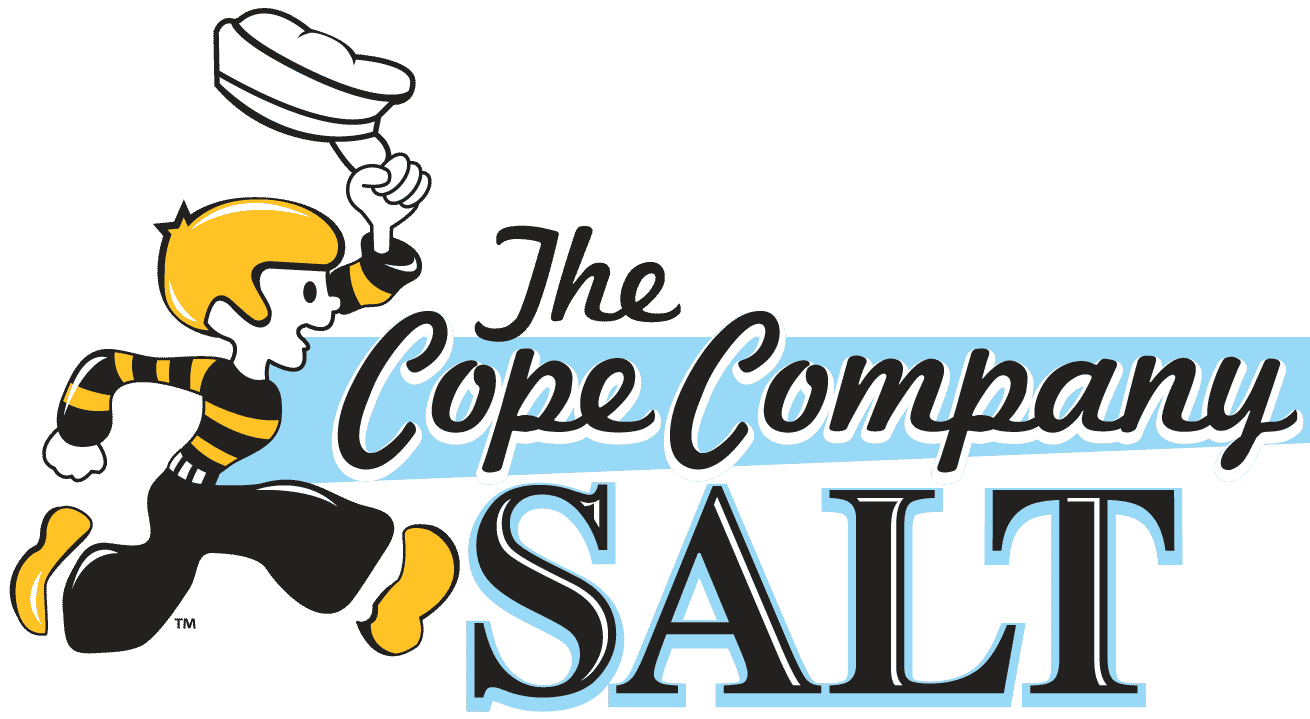
Slips, trips and falls (STFs) are a major cause of preventable injuries and deaths in the workplace. According to the US Department of Labor, STFs make up the majority of general industrial accidents and 15% of all accidental deaths (second only to motor vehicle deaths). They are one of the most frequently reported injuries (25% of claims per year). Over 17% of all disabling occupational injuries result from falls. Most could have been prevented.
Slips, trips and falls happen everywhere – manufacturing facilities, retail stores, retirement communities, government offices, schools, corporate offices and at home. Sadly, the cost to employers and workers can be substantial.
Cost to the employer could be:
- Loss of productivity & business
- Increased industrial insurance premiums
- Costs associated with training replacement workers
Costs to the worker could be:
- Lost wages and out-of-pocket expenses
- Pain
- Temporary or permanent disability
- Reduced quality of life
- Depression
- Death
Typical STF injuries are sprains & strains, bruises & contusions, fractures and abrasions & lacerations. Some of the leading hazards are:
Common Causes of Slips
- Wet products or spills that aren’t cleaned up
- Highly polished floors
- Freshly-waxed surfaces
- Sloped walking surfaces
- Leaves, pine needles and other plant debris
- Weather hazards
Common Causes of Trips
- Extension cords, cables or wires across aisles or walkways
- Clutter or obstacles in aisles or walkways
- Open desk, cabinet or file drawers
- Changes in elevation
- Carpets/mats with curled edges
- Missing or uneven floor tiles
- Damaged or non-uniform steps
STFs are Preventable
The following are a few steps you can take to reduce STF hazards. This list is not intended to be all-inclusive.
- Design workplace & processes to prevent potential exposures to slip and trip hazards
- Conduct a daily safety survey to look for common culprits such as wet or greasy floors, loose mats, torn carpeting, bad lighting, clutter, cables or wires, and uneven floors.
- Immediately attend to any problems by putting up warning signs and taking steps to quickly eliminate the hazard.
- Train your employees in slip and fall safety including establishing guidelines on how employees should report problems and respond to customer injuries or hazardous situation.
- Take care of your outdoor areas, including sidewalks and parking lots. Snow and ice create potential problems.*
- Practice good housekeeping – maintain clean, tidy work areas free of clutter
- Use safe walking practices
- Wear proper footwear with good traction
- Learn to fall “properly”
*A special note on addressing weather conditions in outdoor areas.
Winter can bring a host of potential hazards and increase the changes of STFs. According to MDOL and the industry’s leading insurance companies, the average ice-related slip-and-fall claim is $33,000; and if that claim is a worker’s compensation claim, that number increases to $48,000. It’s best to be proactive to keep your employees, residents and customers safe.
- Don’t wait until the storm has started to apply ice melting products. Select the appropriate ice melt based on your facility’s needs and outdoor temperature. Practice pre-treating.
- Don’t fall into the trap of thinking snow management automatically means safe premises. Just because the snow is plowed and shoveled doesn’t guarantee that the walking and driving surfaces are safe.
- More isn’t always better in the application of ice melt. Follow product instructions for optimum results.
- Don’t assume the presence of rock salt means a surface is slip free. It takes time to work.
